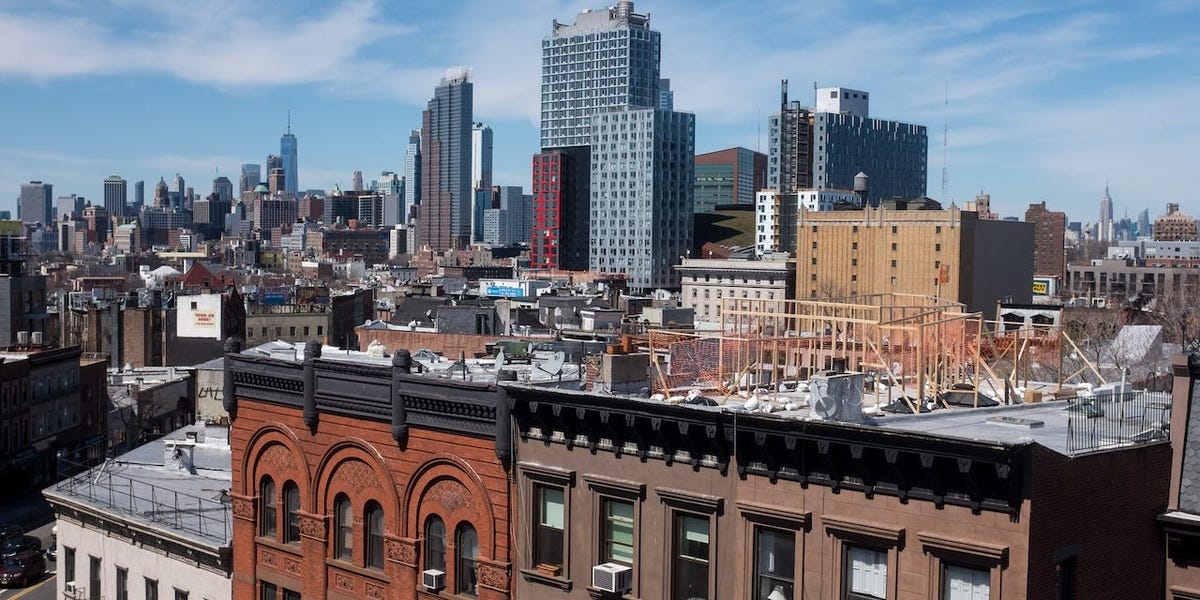Roadblocked: How NYC's Promising Housing Fix Hits a Regulatory Wall

In a bold move to address New York City's housing crisis, Mayor Eric Adams is proposing an innovative solution that could transform how homeowners utilize their existing property. The plan would empower property owners to create additional living spaces within their own lots, potentially adding much-needed housing units across the city's residential neighborhoods.
Under the proposed initiative, homeowners would gain the flexibility to develop extra dwellings in underutilized spaces such as backyards, attics, and basements. This creative approach aims to increase affordable housing options while allowing residents to maximize the potential of their properties. By converting these often-overlooked areas into livable spaces, the city could see a significant boost in housing availability without extensive new construction.
The proposal represents a strategic response to New York City's ongoing housing challenges, offering a practical way to increase housing density and provide more affordable living options for residents. Mayor Adams' plan could potentially help address housing shortages, create additional income opportunities for homeowners, and breathe new life into existing residential areas.
While details are still being finalized, the initiative signals a forward-thinking approach to urban housing development, potentially offering a win-win solution for both homeowners and those seeking more affordable housing options in the city.

